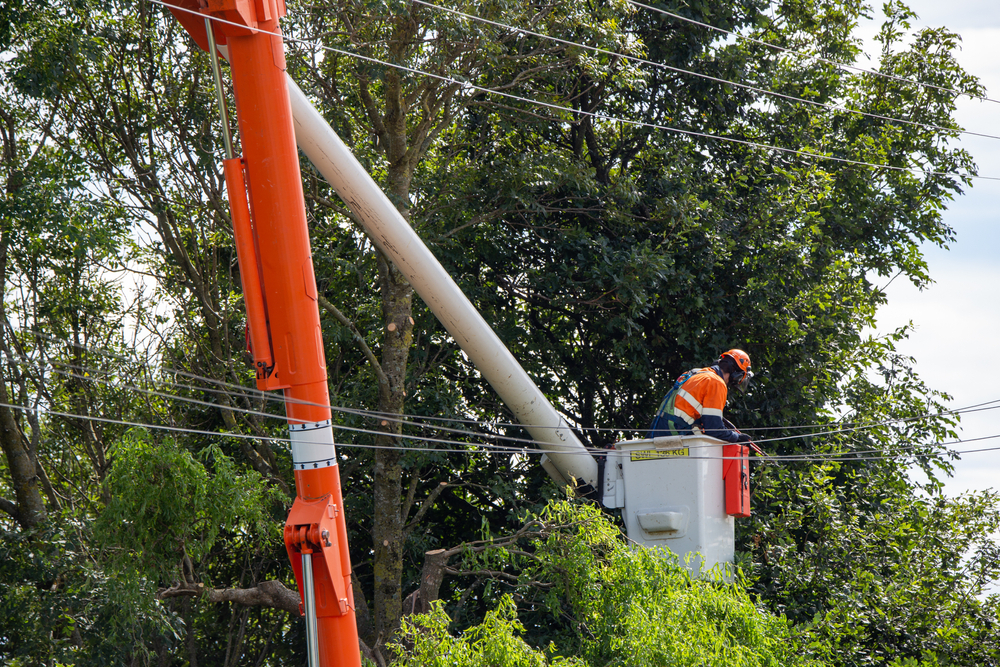Understanding the necessary permits and regulations for tree removal or trimming on your property is crucial to avoid potential legal issues and fines. Local authorities often have specific guidelines regarding tree maintenance that property owners must adhere to.
From protected tree species to environmental impact assessments, numerous factors must be considered before taking any action. Additionally, utility line interference and safety regulations play a significant role in removing trees. Knowing these requirements can save you time, money, and potential headaches.
Local Tree Removal Regulations
Local tree removal regulations vary significantly from one jurisdiction to another, making it crucial for property owners to be well-versed in the specific guidelines applicable to their area. Understanding these regulations is essential to avoid potential fines, legal issues, or damage to neighboring properties.
One key aspect to consider is property boundaries. Knowing where your property lines lie before conducting any tree removal activities is important. Crossing a neighbor’s property without permission can lead to disputes and legal repercussions. Therefore, always consult property surveys or legal documents to ensure compliance with property boundaries.
In addition to property boundaries, noise ordinances are another vital consideration for tree removal. Many localities have specific regulations regarding noise levels during certain hours of the day.
Tree removal activities often involve loud machinery such as chainsaws and wood chippers, which can disrupt the peace in residential areas. To avoid violating noise ordinances, it is advisable to schedule tree removal work during permissible hours or use noise-reducing equipment when possible.
Permits for Tree Trimming
Before initiating any tree trimming activities on your property, obtaining the necessary permits is essential to ensure compliance with regulations and avoid potential legal consequences. Regarding property boundary disputes, it is crucial to know that tree trimming near property lines may lead to conflicts with neighbors.
In such cases, it is advisable to consult a surveyor to accurately determine the property line before trimming. Additionally, obtaining neighbor consent before trimming trees near shared boundaries can help prevent misunderstandings and maintain positive relationships within the community.
In many jurisdictions, permits for tree trimming are required when the activity involves trees of a certain size or when the trimming may impact the tree’s health or stability. These permits are designed to protect the environment, preserve the aesthetic value of the neighborhood, and ensure the safety of residents.
Failure to obtain the necessary permits before trimming trees on your property can result in fines, legal action, or orders to replant improperly removed trees. By proactively securing the required permits and considering neighbor concerns, you can proceed with tree-trimming activities in a compliant and harmonious manner.
Protected Tree Species Guidelines
When considering tree trimming activities on your property, understanding the guidelines regarding protected tree species is crucial to ensure compliance with regulations and environmental conservation efforts. Protected tree identification is a key aspect in this process.
Certain tree species may be protected due to their significance in the ecosystem, rarity, or cultural value. These trees are often identified based on specific characteristics such as size, age, species type, or location. Property owners must familiarize themselves with their area’s protected tree species to avoid unintentional violations.
In some cases, removal exceptions may be granted for protected trees. These exceptions typically require approval from the relevant authorities and may involve specific conditions that must be met.
For instance, if a protected tree poses a safety hazard or is diseased beyond recovery, a permit for its removal may be obtained after demonstrating the necessity and providing a suitable mitigation plan. Property owners must follow proper procedures and documentation when seeking exceptions for removing protected trees to ensure transparency and compliance with regulations.

